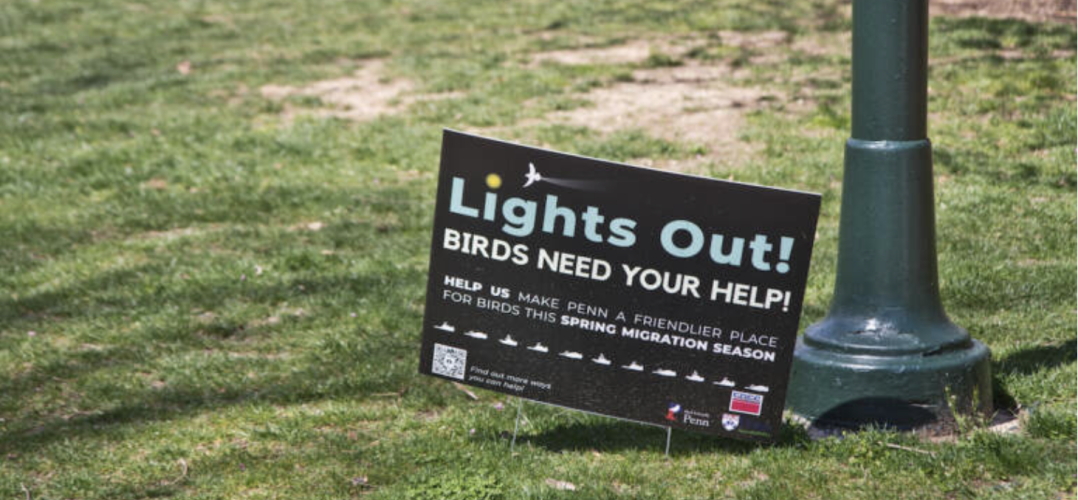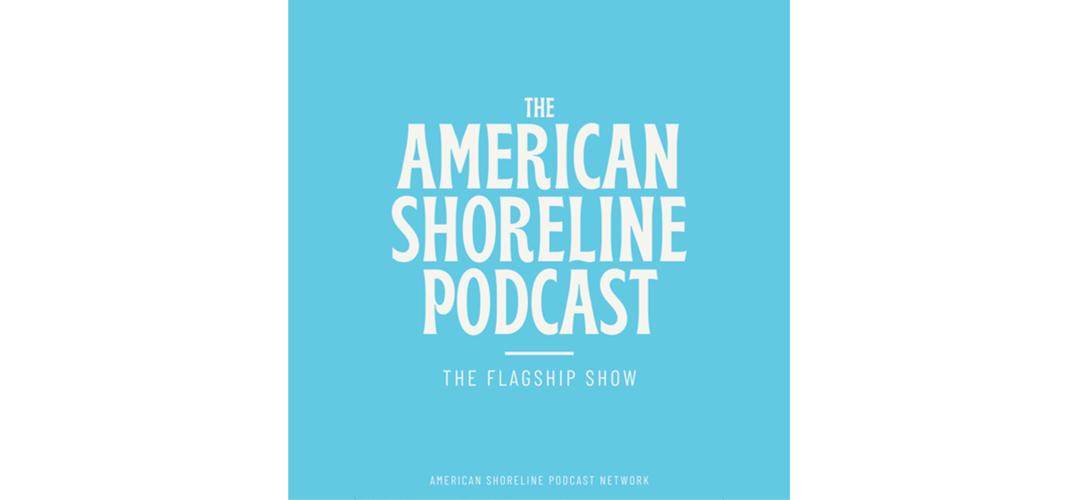Join our mailing list and receive invitations to our events and updates on our research in your inbox.
News + Events

Earth Day Interview with Richard Weller: A Hopeful Vision for Global Conservation
Later this year, the parties to the Convention on Biological Diversity (CBD) will meet in China to finalize what is being called a “Paris Agreement for Nature.” The agreement will outline global goals for ecosystem conservation and restoration for the next decade, which may include preserving 30 percent of lands, coastal areas, and oceans by 2030. Goals could also include restoring one-fifth of the world’s degraded ecosystems and cutting billions in subsidies that hurt the environment. What are the top three things planning and design professions can do to help local, state, and national governments worldwide achieve these goals?
The McHarg Center's Richard Weller's answer -- Design, Design, and Design!

Design with Nature in Town and City
In November 2020, the Glasgow Urban Lab at the Mackintosh School of Architecture, the Weitzman School of Design at UPenn, the Landscape Institute, and the Academy of Urbanism came together to celebrate the 100th birthday of one of landscape architecture's and Scotland's pioneers of urban ecology -- Ian McHarg. A symposium was held to look at McHarg's influence, with eyes on the future.
This publication, edited by the Glasgow Urban Lab's Brian Evans and Rachel Howlett, seeks to capture some of the event's essence.

Turn out your lights to help save birds migrating through Philly
It’s spring migration season, which means millions of birds could make their way through Philadelphia in the coming weeks. Some could get hurt or die crashing into buildings — but you can help keep them safe, just by turning out your lights.
“Everyone’s home matters,” said Keith Russell, program manager for Urban Conservation with Audubon Mid-Atlantic. “Every commercial building, industrial building, every high-rise.”
The McHarg Biodiversity research group's bird safety banners are featured on WHYY!

Design with Nature Now, with Dr. Frederick Steiner
Co-executive director Fritz Steiner talks about the legacy of his mentor (and the name sake of The McHarg Center) Ian McHarg, whose visionary approach to regional planning included coastal resilience.